Tamiya 1/35 M41 Walker Bulldog
An American Samurai?
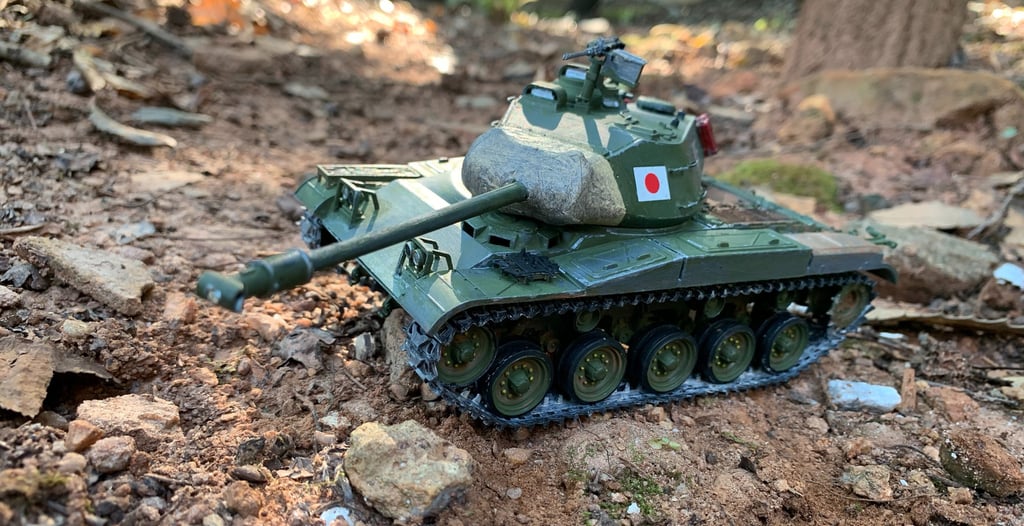

The M41 Walker Bulldog....
A fast, feisty little light tank with a bite way bigger than you'd expect.
The Price however, is way smaller than you would expect. for such an iconic light tank, it comes in at only 19.99 at hobby lobby! And for that price, I think its probably the best tank kit a beginner could buy.
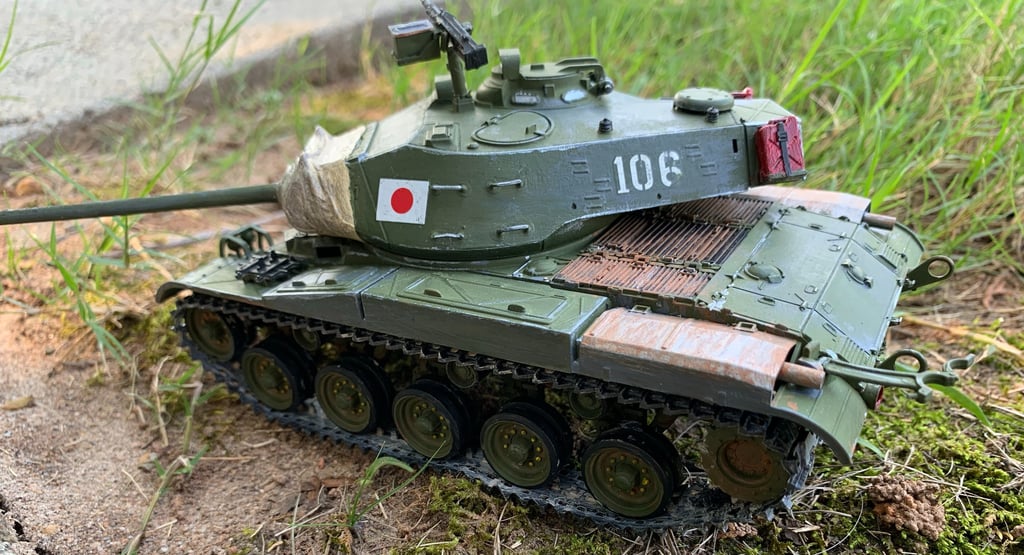

The building process for this kit was very straightforward. Glue the top and bottom of the hull together, and then glue the turret top and bottom. Add the mantlet and gun on, and the turrets near done. From this point onwards, the wheels, tracks, and smaller details take up the majority of the <30 parts that you'll add. It certainly goes by fast!
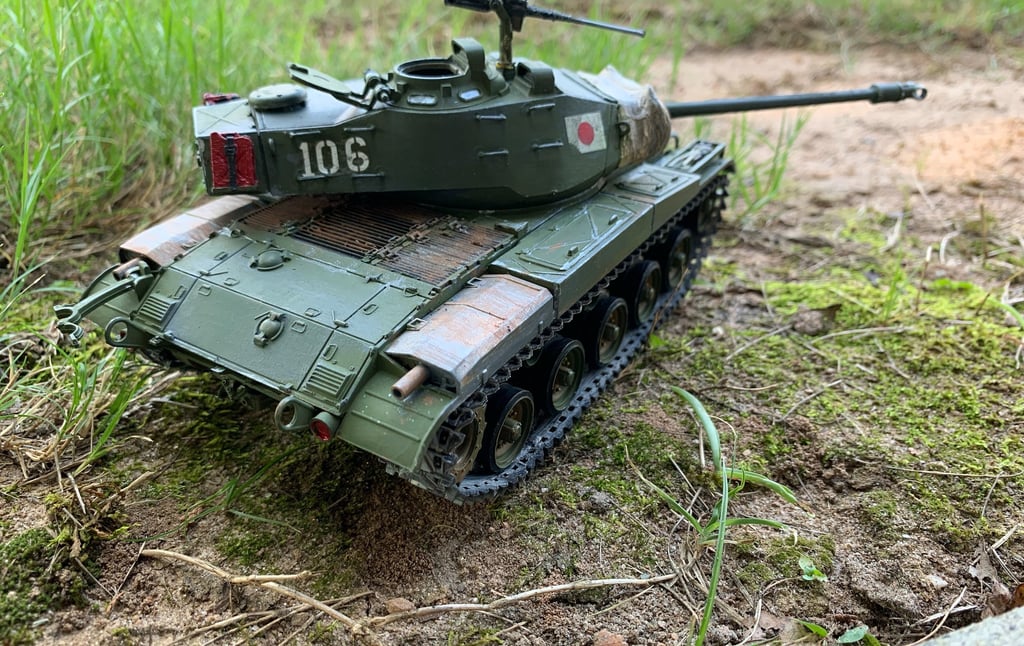

I tried a new technique on this build, that being applying tissue paper onto the gun mantlet to simulate the dust cover. I think it came out looking rather nice, even if its a bit stiff!
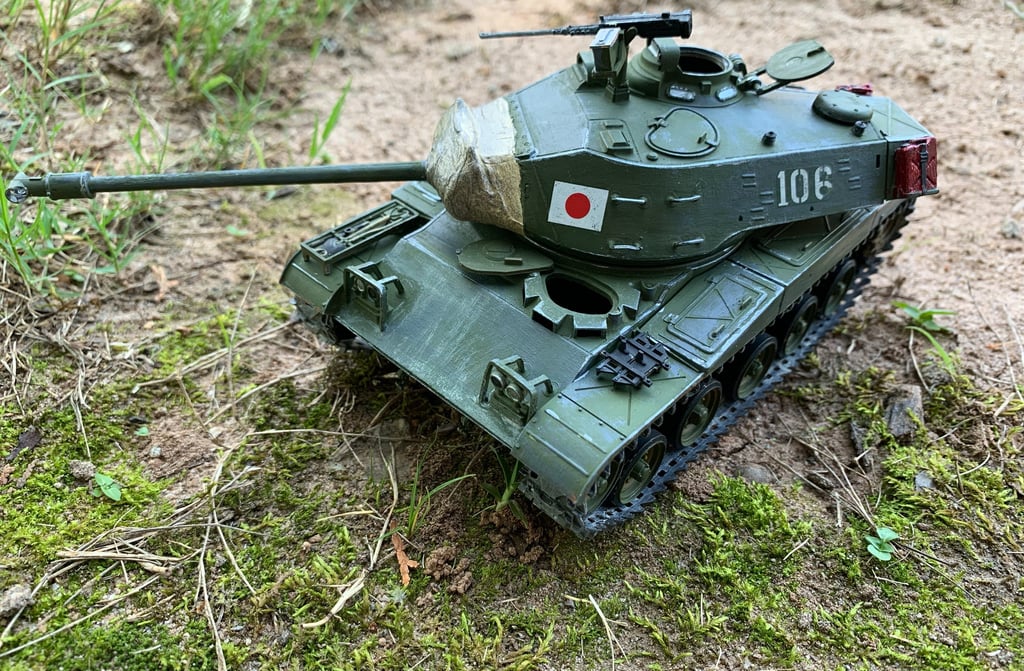

For the decals, I Decided to go for the JSDF Paint Job. Even though its not the classic stars and stripes, I think it still gives a good, polished look.
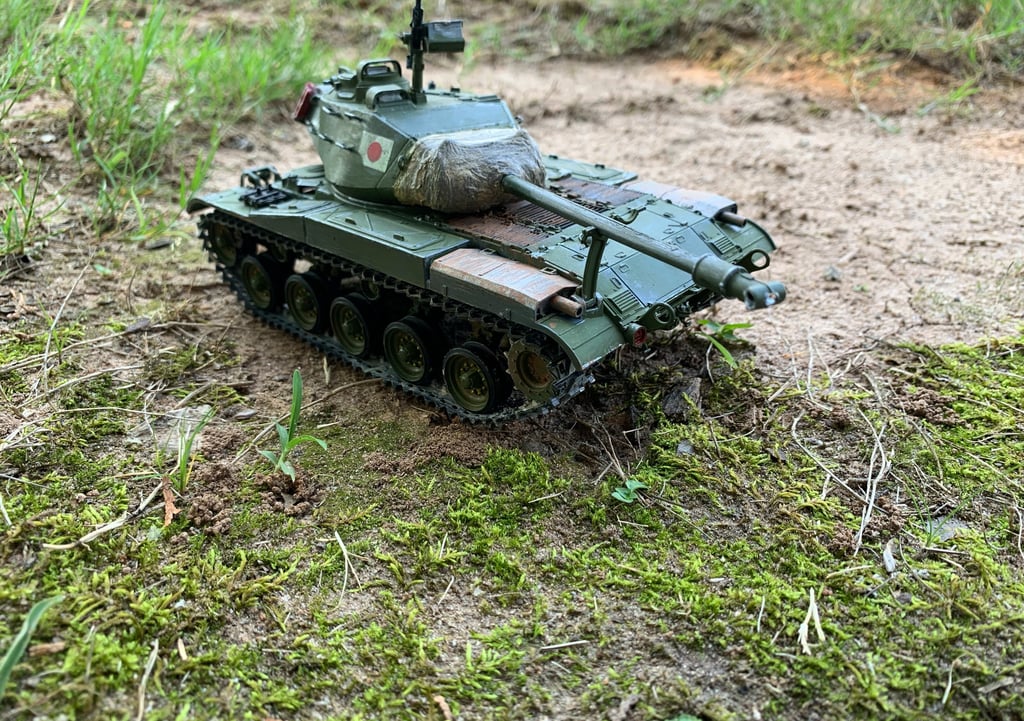

For the weathting, I decided to go for a little bit of silver, some soot on the dust cover, and a LOT of mud everywhere. I achieved the mud look by thinning down brown paint. I did it to the consistency slightly thicker than water for most areas, but lowered to a 3:1 water:paint ratio on the wheels, tracks, and suspension.


Overall, I think it came out as an impressive build. It was very easy to make, and very easy to detail. I would seriously recommend all military modellers to pick this up, as its a good piece to practice painting and weathering on.
